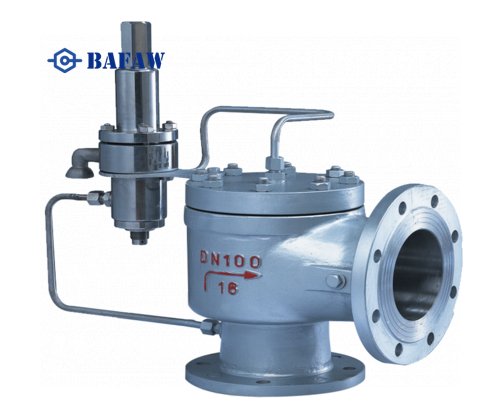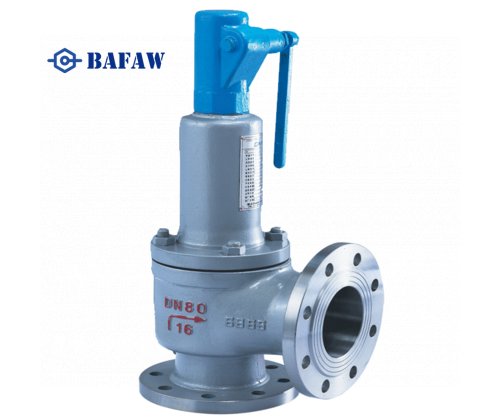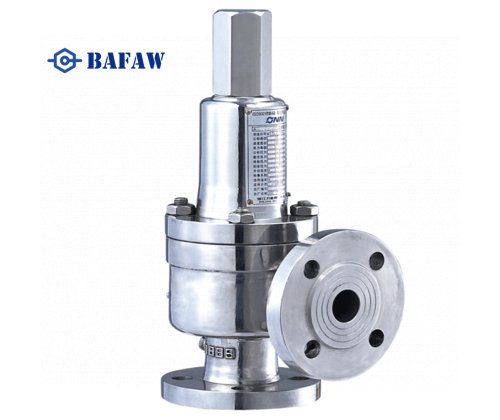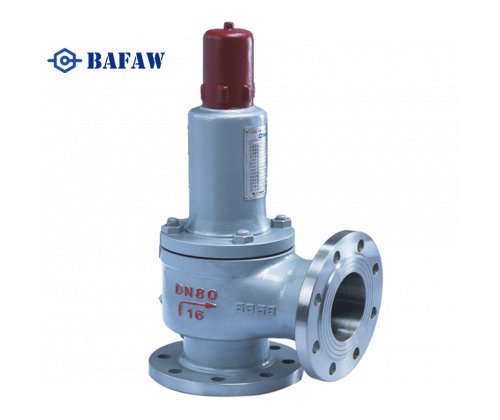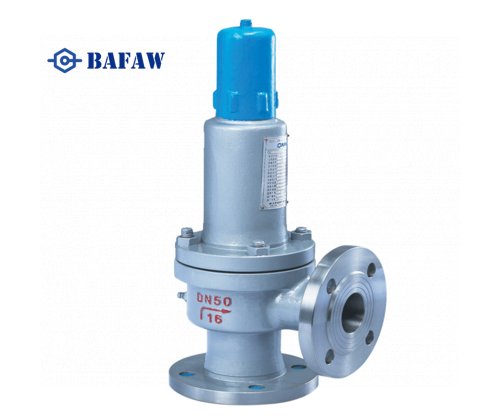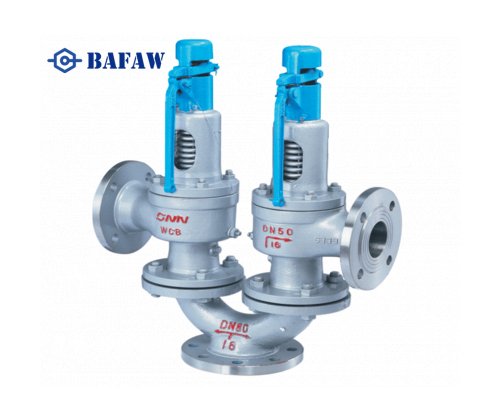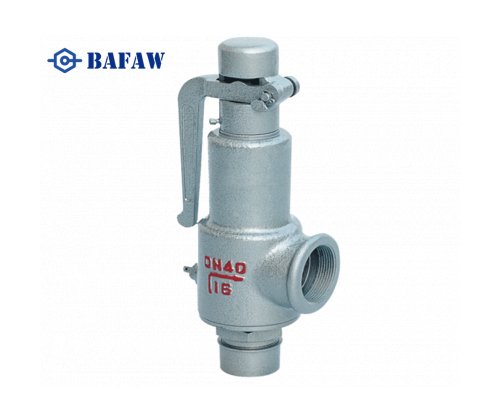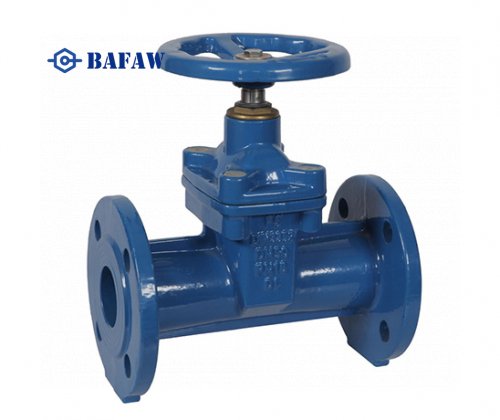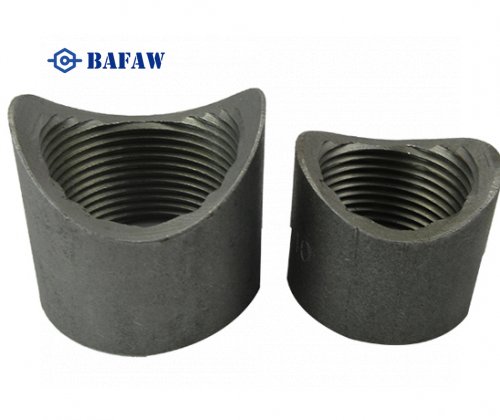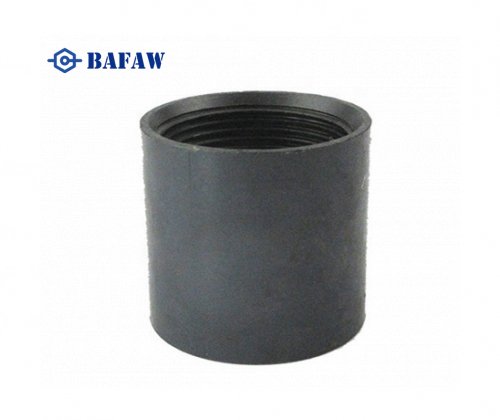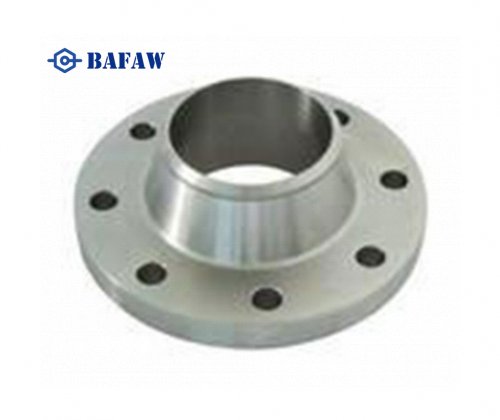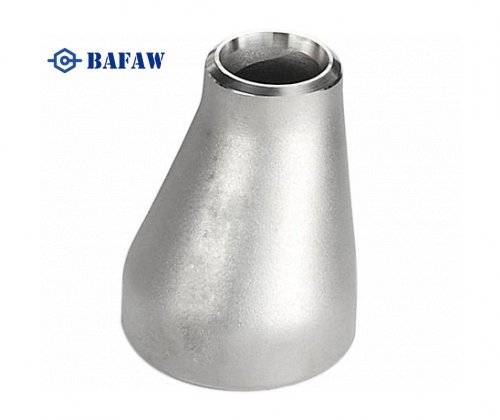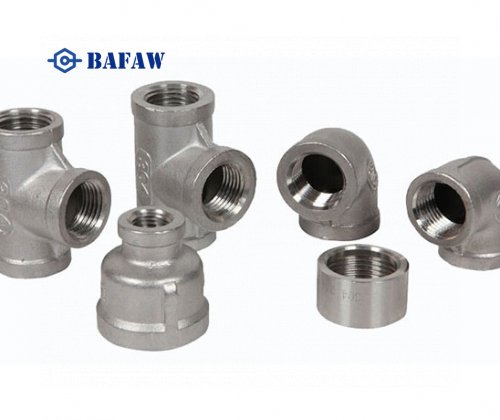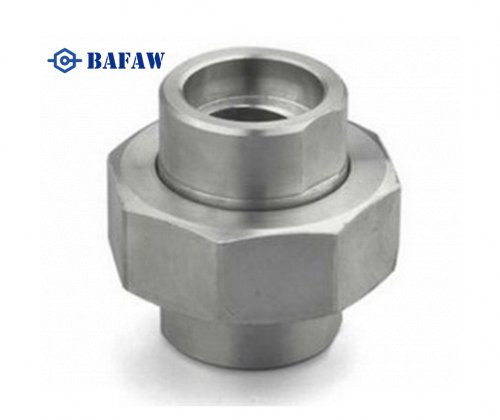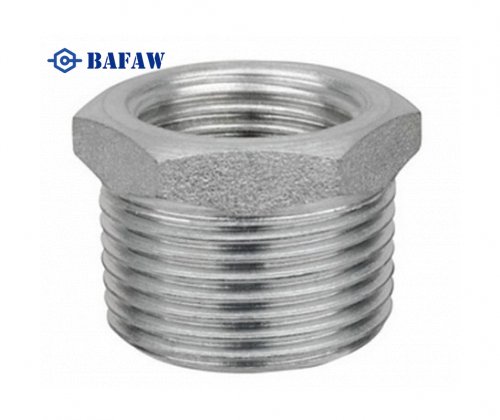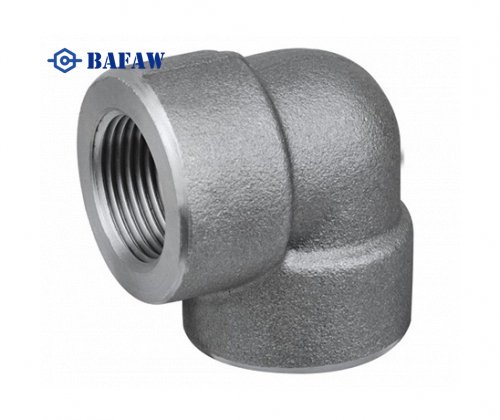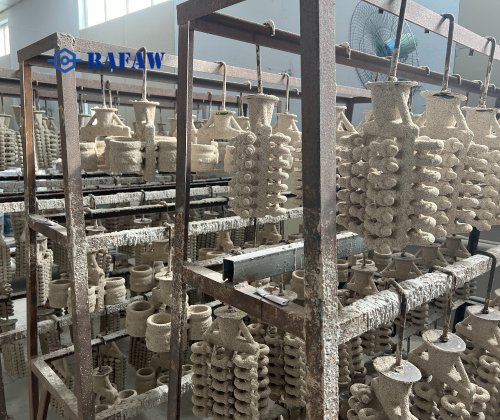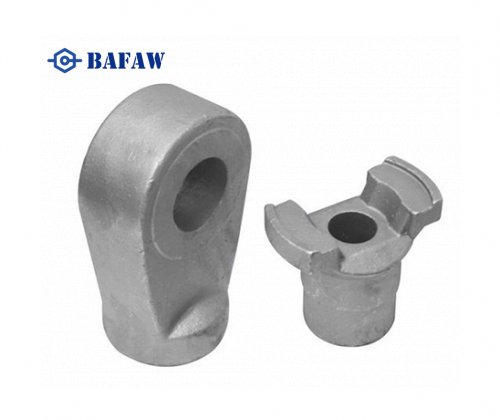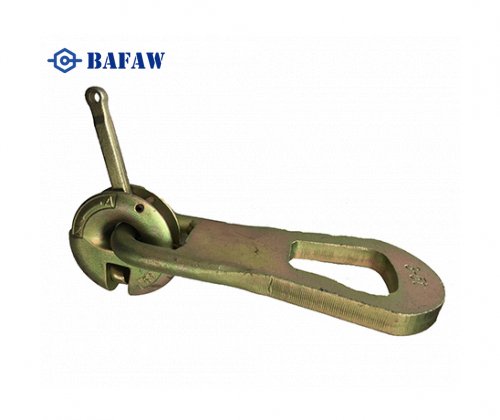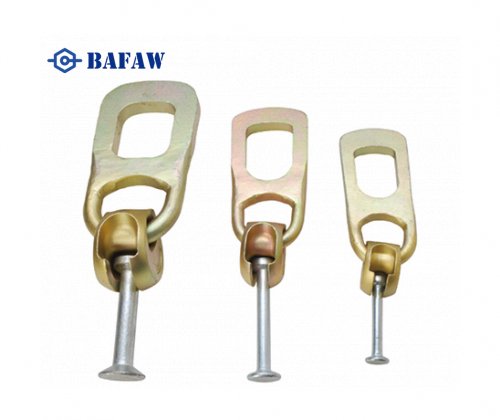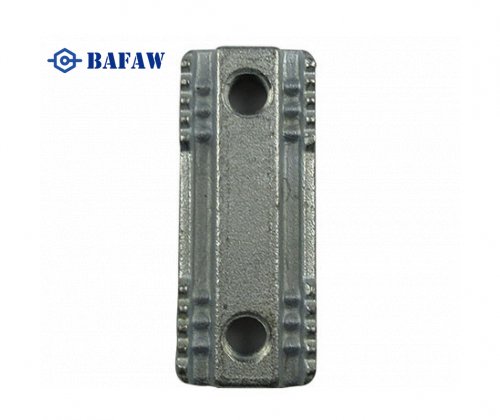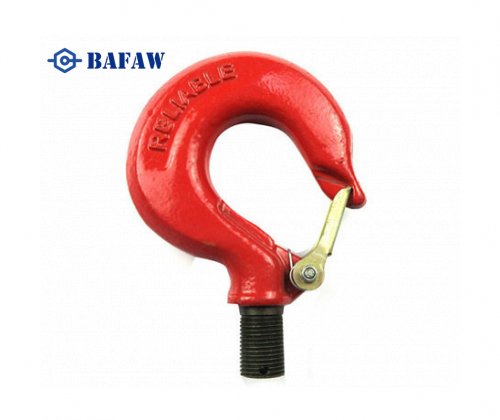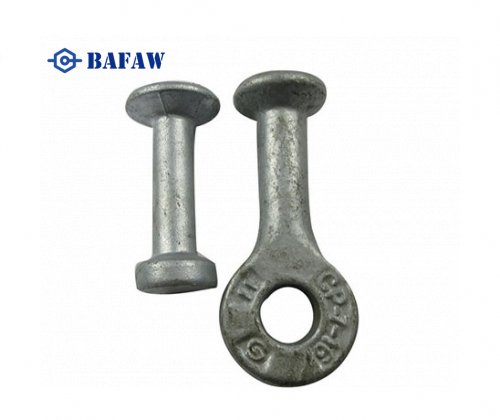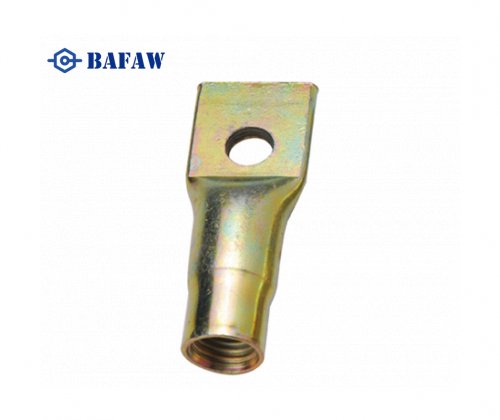Check valves offer several advantages and some disadvantages:
Advantages:
Prevents backflow and contamination.
Simple design with no external mechanism required.
Available in various sizes and materials to suit different applications.
Minimal maintenance compared to more complex valves.
Reliable operation with a long lifespan when properly maintained.
Disadvantages:
Can cause pressure drops in the system.
May require regular maintenance to ensure reliable operation.
Potential for water hammer if not properly installed or maintained.
In some designs, the valve can become stuck in the open or closed position if not regularly checked.
Choosing the Right Check Valve
Selecting the appropriate check valve for a specific application involves considering several factors:
Fluid Type: The type of fluid (liquid or gas) and its properties (corrosive, abrasive, etc.) influence the choice of valve material and design.
Pressure and Temperature: The operating pressure and temperature of the system determine the appropriate valve type and material. High-pressure systems may require robust materials like cast iron or stainless steel.
Flow Rate: The required flow rate and potential flow resistance should be considered. Some valves, like wafer check valves, offer low flow resistance, making them suitable for high-flow applications.
Installation Space: Space constraints may necessitate compact valve designs like wafer check valves.
Cracking Pressure Requirements: Specific applications may require a check valve with a particular cracking pressure to ensure proper operation.
Maintenance Access: Consider ease of access for maintenance and inspection. Valves that are difficult to access may lead to neglected maintenance.
What happens when a check valve goes bad?
Reverse flow: The primary function of a check valve is to prevent backflow. When it fails, fluid can flow in the reverse direction, potentially damaging equipment or contaminating the system.
Pump damage: In pump systems, a failed check valve can cause the impeller to spin in the wrong direction, leading to pump damage.
Water hammer: A malfunctioning check valve can cause sudden pressure surges known as water hammer, which can damage pipes, fittings, and the valve itself.
Inconsistent fluid flow: A failing check valve may not maintain constant, unidirectional fluid flow, disrupting the intended operation of the system.
Leaks: Worn-out seat seals or other valve components can lead to fluid leakage.
Noise: Failing check valves often produce unusual noises, such as hammering sounds or vibrations.
Increased energy consumption: Malfunctioning valves may cause the system to work harder, resulting in higher energy costs.
Equipment failures: A bad check valve can lead to failures in other parts of the system, potentially causing damage to valuable equipment.
Loss of internal parts: Fragments of the valve may break off and float in the fluid, indicating severe damage.
Reduced efficiency: The overall system efficiency may decrease due to the valve's inability to properly control flow and pressure.
To prevent these issues, regular maintenance, proper installation, and prompt attention to any symptoms of valve failure are crucial. If a check valve is suspected of failing, it should be inspected and repaired or replaced as necessary to avoid more serious system damage.
BESTFLOW check valve two-year warranty, longer service life, more favorable price, welcome to inquire!
Conclusion:
Check valves are essential for maintaining unidirectional flow and preventing reverse flow in fluid systems. Understanding the different types of check valves, such as lift check valves, swing check valves, ball check valves, diaphragm check valves, wafer check valves, and foot valves, helps in selecting the most appropriate valve for any system.
Proper installation, regular maintenance, and awareness of key concepts like pressure differential, cracking pressure, and back pressure are essential for the efficient operation and longevity of check valves.
By following these guidelines, check valves can provide reliable service and protect fluid systems from the detrimental effects of reverse flow and back pressure.

















